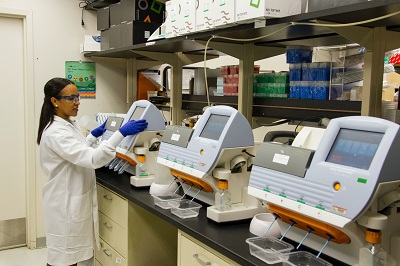For FDA certification (clearance) of a Class II medical device, compliance with relevant standards is crucial to demonstrate safety, effectiveness, and substantial equivalence to predicate devices. Here are some key standards and guidance documents that are important to consider for Class II medical devices:
Key Standards and Guidance for FDA Certification:
Quality System Regulation (QSR):
- Standard: 21 CFR Part 820.
- Purpose: Ensures that medical device manufacturers follow good manufacturing practices (GMPs) and maintain comprehensive quality management systems.
- Relevance: Compliance with QSR is mandatory for all medical device manufacturers to ensure consistency in manufacturing processes and product quality.
Risk Management:
- Standard: ISO 14971:2019.
- Purpose: Provides a framework for identifying, evaluating, and mitigating risks associated with medical devices throughout their lifecycle.
- Relevance: FDA expects manufacturers to conduct comprehensive risk management activities to ensure the safety and effectiveness of medical devices.
Biocompatibility:
- Standard: ISO 10993 series.
- Purpose: Specifies requirements for evaluating the biological safety of medical devices regarding potential risks to patients, operators, and the environment.
- Relevance: Compliance with biocompatibility standards ensures that materials used in medical devices are safe and do not cause adverse reactions.
Electrical Safety:
- Standard: IEC 60601 series (e.g., IEC 60601-1: Medical electrical equipment - Part 1: General requirements for basic safety and essential performance).
- Purpose: Specifies general requirements for the safety and essential performance of medical electrical equipment.
- Relevance: Ensures that electrical components and systems within medical devices meet international safety standards to prevent electrical hazards.
Software Development:
- Guidance: FDA Guidance for Industry and FDA Staff - "Medical Device Software: SaMD and Digital Health".
- Purpose: Provides guidance on the regulatory requirements and considerations for the development, validation, and maintenance of software in medical devices.
- Relevance: Helps manufacturers navigate the regulatory landscape for software-based medical devices, including standalone software as medical devices (SaMD).
Labeling and UDI (Unique Device Identification):
- Standard: FDA regulations on labeling (21 CFR Part 801) and UDI (21 CFR Part 830).
- Purpose: Specifies requirements for labeling content, format, and placement on medical devices, as well as requirements for implementing a unique device identification system.
- Relevance: Compliance with labeling and UDI requirements ensures that medical devices are properly identified and labeled, facilitating traceability and post-market surveillance.
Additional Considerations:
Clinical Data: Depending on the device and its intended use, compliance with relevant clinical study design and data requirements may be necessary to support claims of safety and effectiveness.
Consultation: Engaging with regulatory experts or consultants who specialize in FDA submissions can help ensure compliance with all applicable standards and guidance documents.

Contact Us:
Whatsapp or Wechat:+86 15816864648;email address:hito.lin@grzan.cn
.png)
.jpg)

.png)

.png)